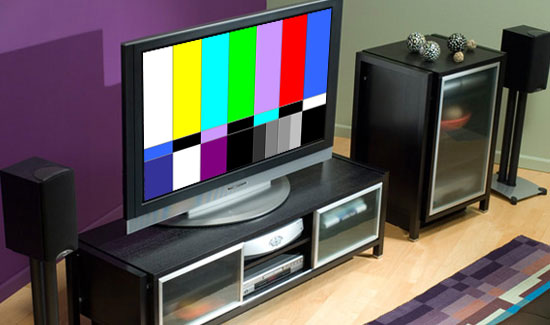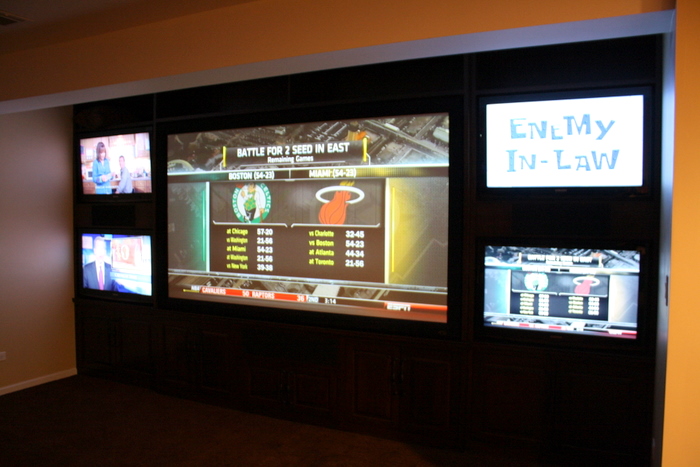Congratulations on your awesome new LCD television! We imagine that it’s an important home theater investment for you. One thing, though: don’t be surprised if your new LCD TV, on first use, doesn’t display as great a picture as you may have expected. Either it’s too bright, or the pictures are too sharp, or the colors are oversaturated, or they just don’t look right, or all of the above.
Don’t worry. Your LCD TV just needs a little calibration, so that the picture it displays matches the place or room where you have installed it. At the store display, you see, the TVs’ brightness, contrast, and backlight settings have been maximized to catch the eye. In your home theater or living room, however, where no other LCD TVs are competing for your attention, these same settings may hurt your eye (and even shorten the lifespan of your TV set.)
So a calibration is in order. Follow these helpful tips to guide you and make the LCD TV calibration process a lot smoother:

Perfect your room lighting
You probably already have a good idea of your preferred lighting conditions, regardless of where you watch your favorite movies and TV shows or play your video games. So, before you do anything with your LCD TV, adjust the lights of the location – be it your living room, home theater, recreation room, bedroom – in the way you expect they would ideally look like when you’re watching. Don’t keep the room in complete darkness, though; it’s advisable that you keep a dim light (ambient light) on. Also: turn off extremely bright lights and close any curtains through which light may come in and reflect on your LCD TV screen.
Adjust the backlight
Unlike CRT (cathode ray tube) TVs, LCD TVs don’t produce light themselves: an internal light source placed behind the panel – the “backlight” – has to provide the raw illumination needed to produce a visible image. When calibrating your LCD TV, the first thing you should do is adjust the intensity or brightness of this light (your television is likely to have its own backlight control setting). Lower the setting. If the backlight brightness of the store display setting is, on a scale of 0 to 100, at 50, then lower it to 35 or even 30. (Here’s a cool tip: block out reflections of light and display a blank black picture on your LCD TV screen. If you see light bleeding on the edges of the black picture, lower the backlight until the bleeding disappears.) It’s only when you’ve properly adjusted the backlight that you can begin to make other tweaks and adjustments, like the brightness, sharpness, hue, and contrast of your LCD TV.
Adjust contrast and brightness
Brightness and contrast are controls for the brightness levels of black and white, respectively. There’s no fixed value for the correct brightness and contrast settings, but you have to make sure you adjust these until you’re completely comfortable with the picture. Too much brightness will strain your eyes (especially in a dimly lit home theater room); too much contrast, meanwhile, will distort the fine details of whatever you’re seeing on your LCD TV screen. You’ll do well to test these settings using an actual movie, so check out our list of the best movies for calibrating your home theater. From here, you can also begin to correct the colors of your LCD TV by adjusting hue and saturation levels.
Consult the pros
If in doubt, don’t hesitate to ask for help from home theater installation professionals. Here at Hooked Up Installs, we have an array of services and system design solutions designed to take the guesswork out of your new home theater component or home theater system.


